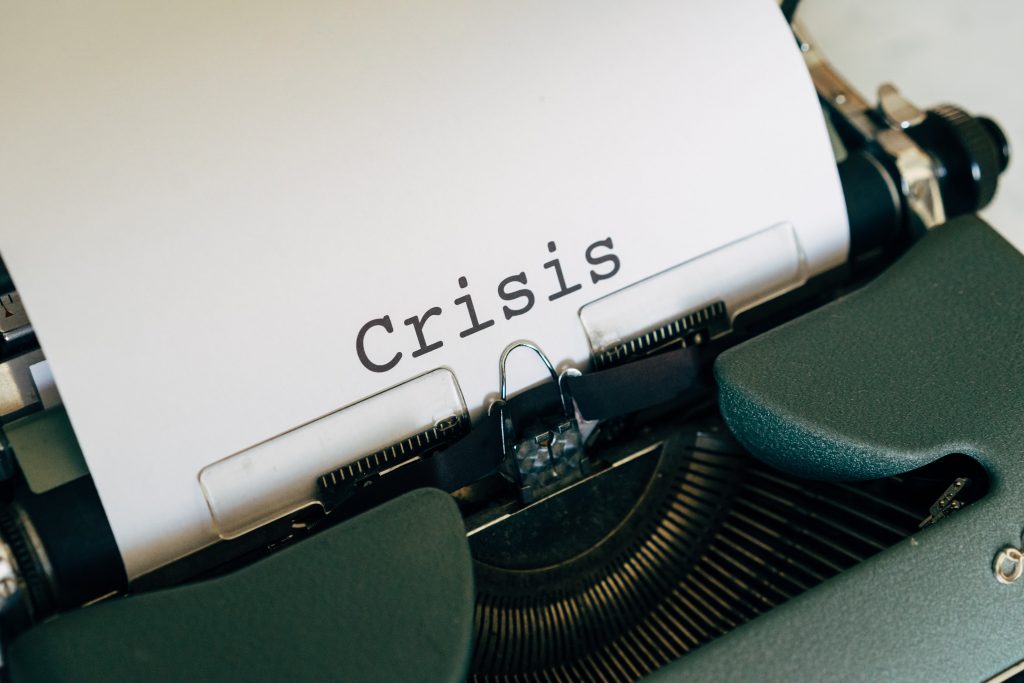Crisis arrives when it’s least expected.
What if life gave us an indication of an upcoming crisis? Gifted ample time to prepare beforehand and provided resources required to sustain it? Well, in life that is certainly impossible (unless you can see the future of course). The reality is different when it comes to managing communications for an entire organisation or a government department.
There is a process when dealing with chaos, a process designed to curate information required to address a crisis. That is what is referred to as crisis communication. COVID-19 has demonstrated the need for crisis communication plan for all government departments to effectively deal with the changing times and engage the citizens.
In this article, let’s discuss some key elements to draft a perfect communication plan for all government departments.
Responding quickly
This refers to both online or social media responses and media or spokesperson responses.
Responding quickly is the most effective way to stabilize a situation and get ahead of any false news. Most people are online for at least 4 hours a day on average, however this increases during times of crises.
Posting daily updates and assigning a good spokesperson to go live on relevant social media channels will influence people in a positive way.
For example: ACT Health has posted daily updates on new cases, exposure sites and total number of vaccinations during the ongoing lockdown. On top of this, they live stream Chief Minister Andrew Barr’s press conferences where he provides updates on lockdown in Canberra.
This increases awareness, builds trust in the government, reduces circulation of fake news, and stops citizens from panicking.
Practice scenarios
Practice makes perfect.
Government departments should plan and strategize a mock crisis scenario to prepare for future. Crisis communication should be considered ahead of time, and emergency plans should be drafted for potential scenarios.
Emergency plans should highlight the key timelines and assign people responsible internally. The more prepared and detail-oriented you are, the simpler it will be during an emergency. Make potential situations and execute the emergency communication plans whenever possible.
Response team & contacts list
Take responsibility of the situation.
Every government department should have a crisis response team. This team should attend calls or send emails and memos to inform and help people in a time of need.
It’s also important to identify the members of the team and describe their roles, including backups, and a detailed contacts list. This should be planned for during the practice scenarios.
Most people wouldn’t have the time to search for vital information, so it’s necessary to gather and keep handy information on the local government offices, public health departments, evacuation centres, police and fire departments, Red Cross centres, suppliers, and any other organizations you may need to communicate with during a crisis.
Establish a digital channel
The world is going digital, it is time to adapt.
Government departments need to be up to date with technology.
Traditional methods can sometimes be inefficient and slow. Departments need to understand the need to have a modern digital channel that improves the way data is collected and analysed. This has proven to work best in cases of a crisis or emergency.
Feedback
Analyse, track, and improve.
Collecting and analysing feedback is a great way to prevent a crisis.
Feedback from citizens and stakeholders provides genuine insights into people’s expectations during a crisis. This allows you to spot and prepare for major roadblocks next time around. When faced with an unhappy customer, a team should recognize it as a chance to collect feedback. Start by asking customers to review their experience and discuss any elements that were satisfactory/unsatisfactory. This helps create actionable steps that can be used to align themselves with the customer’s needs.
By including these five elements, you’ll be able to prepare and be one step closer in drafting a crisis communication plan.
Do you need support in developing your communication plan? Reach out to us at [email protected] and one of our Communication Strategists will get in touch with you.
